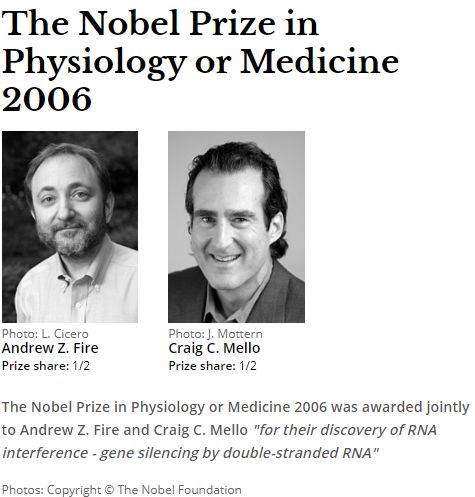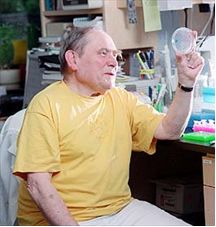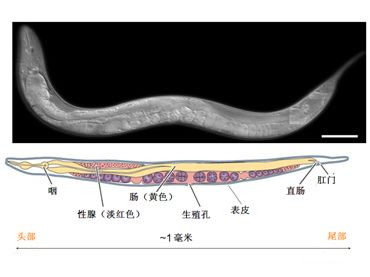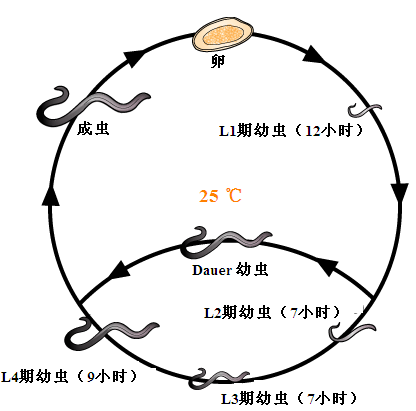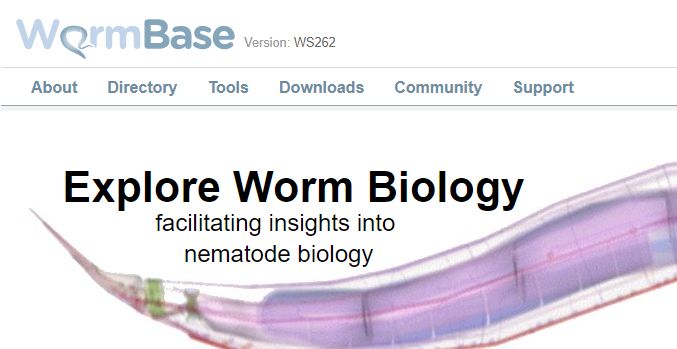[Nematode] small body can also bloom a big light
C. elegans's Nobel Prize 2002 Physiology or Medicine Award Sydney Brenner John E Sulston H. Robert Horvitz These three scientists used simple constructed nematodes as research objects. During the observation of cell growth and differentiation of nematodes, they discovered a number of genes that can regulate organ development and programmed cell death; and proved that there are also phases in higher organisms including humans. The corresponding gene is present. 2006 Physiology or Medicine Award Craig C.Mello Andrew Z.Fire The mechanism of RNA interference (RNAi) is elucidated using nematodes. 2008 Chemistry Award Osamu Shimomura Martin Chalfie Roger Tsien Three scientists have made outstanding contributions to the discovery and application of green fluorescent protein (GFP). Among them, Chalfie's main contribution is to demonstrate the application of GFP in multicellular organisms for the first time using nematodes. Who brought this bug to the science hall? C. elegans (C. elegans) was only used as a model creature in the 1970s. It was brought to the science hall by Sydney Brenner at Cambridge University. Source: Brenner was born in South Africa in 1927 and received his Ph.D. from Oxford University in 1954. In the spring of 1953, Brenner was fortunate to be one of the first to learn about the double helix structure of Watson and Crick DNA. He then joined the Cavendish lab at Cambridge University to conduct molecular biology research with Crick. As the first generation of molecular biologists, Brenner played a pivotal role in the concept of messenger RNA (mRNA) and transfer RNA (tRNA), and the formation of central law ideas. He first proved the encoded protein in experiments. The genetic code is a triplet codon and reports the phenomenon of frameshift mutations. Before he was awarded the Nobel Prize (2002), Watson was asked why Brenner had not won the prize. Watson said that Sydney was able to win too many awards, and the awards committee could not decide what to win. This is a joke. But also Brenner's outstanding contribution in the field of molecular biology. In the late 1960s, Brenner realized that molecular biology has been basically established as a discipline. The exciting start-up phase has passed. He needs to find new areas of science to explore and conquer. At this time, he wants to understand development and nerves. The complexity presented by the system. Before Brenner set foot, many scientists have used other model organisms, such as sea urchins, big squid, amphibians, mice, etc., to carry out a lot of work in these two fields and achieved important results, but Brenner believes that these systems are still too Too complicated to start researching, he needs a new model organism to study the areas he cares about, as he wrote in his letter to the Cambridge Science Council in 1963: "We need a multicellular organism with a short life cycle. This kind of organism should satisfy the conditions of small size, easy cultivation, and large-scale operation like microorganisms. The number of cells constituting the body is relatively small, and the morphological and pedigree of the constituent cells can be exhaustively studied, and genetic analysis can be carried out. Brenner's final choice is - Caenorhabditis elegans. Anatomical structure of Caenorhabditis elegans (androgynous): http://post.queensu.ca/~chinsang/research/c-elegans.html It took nearly a decade for Brenner Labs to publish the first article about nematodes, which is a decade of grinding. In 1974, they published an article entitled " Genetics of Caenorhabditis elegans " on Genetics , which published a physical map of the nematode gene, marking the official opening of the study of nematodes. Since then, many research groups, including Brenner Laboratories, have used the study of nematodes to produce a number of important original discoveries: Subsequently, the phenomenon of programmed cell death was also discovered during the development of other species and proved to be essential for normal developmental processes, and the genes involved in this process are highly conserved among species. Why did the small nematode attract the attention of scientists? Because the following characteristics of the nematode are in full compliance with Brenner's original expectations: Nematodes have strong vitality and can be frozen for a long time at -80 degrees like bacteria, and can be revived when needed. The life cycle of nematodes: http:// The new favorite of life science research Nematodes have become the new favorite of developmental biology, neurobiology, and gene function research. To understand the nematode, you can't miss the following websites. Wormbase Http:// WormBase is an international consortium of biologists and computer scientists dedicated to providing the research community with accurate, current, accessible information concerning the genetics, genomics and biology of C. elegans and related nematodes. Wormbook WormBook WormBook is a comprehensive, open-access collection of original, peer-reviewed chapters covering topics related to the biology of Caenorhabditis elegans and other nematodes. Nematode Genetic Center, University of Minnesota, USA http:// As a public welfare research institution, it provides a variety of nematode mutant lines, covering almost all genes of nematodes. Blackhead Suction Tool,Best Blackhead Remover,Electric Blackhead Remover,Best Blackhead Suction Remover Shenzhen Jie Zhong Lian Investment Co., Ltd. , https://www.szmeizonscares.com

